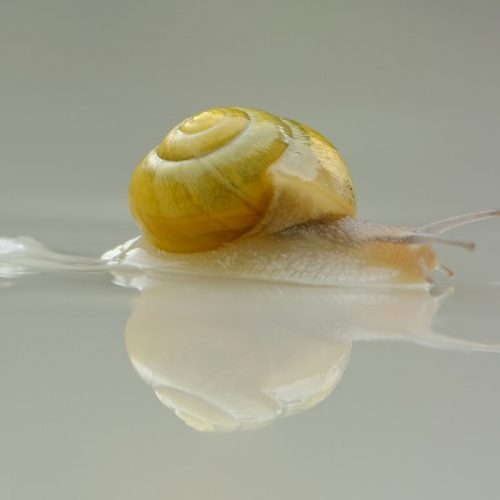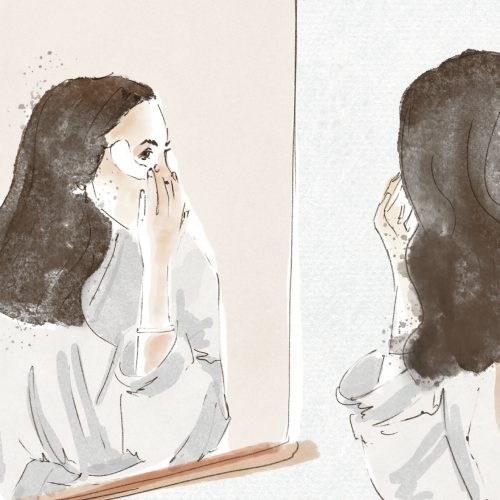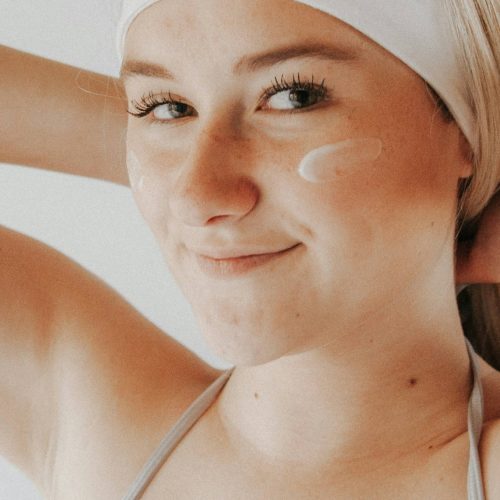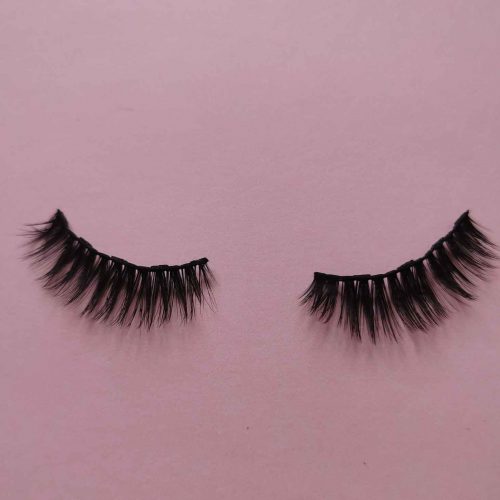Circular Packaging In Beauty | What To Look Out For
The beauty industry has a packaging crisis. Despite rising interests in sustainable options from consumers, the earth continues to be polluted by waste. Developing circular packaging could be a permanent solution to reduce environmental impact, but it is a major operation to carry out. For the beauty industry, it would be the ultimate test of commitment to a sustainable future.
To receive the Luxiders Newsletter, sign up here.
It used to be considered a bonus when brands incorporated sustainability into their business. Today, it’s paramount. Product packaging is no exception, being a focus for ways in which brands can elevate their sustainable credentials. Often using non-recyclable and toxic materials to package their products, brands in the beauty industry are facing an increase in scrutiny, single-use packaging being a major concern. With 79% of consumers being interested in sustainable packaging, it is vital to find alternatives. Circular packaging could, therefore, be the beauty industry’s solution to this rise in conscious consumerism.
Despite alternatives, like glass, being an obvious solution, the weight of the material compared to plastic is too heavy. This is because the weight would increase fuel consumption during transportation, an attribute of plastic that is actually beneficial for the environment. There have been further attempts to redesign this system including proposing a circular economy for plastic. Ensuring no materials are lost, the premise of this model is to keep everything circular and maximise the use for every material. This can especially be applied to packaging, with some sustainable options already circulating in the beauty industry to improve brand efforts.

© pmv chamara via Unsplash
RETURNABLE PACKAGING IS ON THE RISE
Returnable packaging schemes involve customers paying a deposit when they buy a product. Once the packaging is returned, they are then refunded. This circular model is becoming increasingly popular, with the global returnable packaging market set to be worth 170 Billion USD in 2029. It doesn’t only incentivise consumers to return packaging to a store, it also creates one place in which packaging ends up, making it easier for circular systems to develop.
REFILLABLE IS THE SOLUTION FOR SINGLE-USE
Refillable packaging is vital to combat the issue of single-use plastic. Consumers are becoming more familiar with this notion throughout many industries, including beauty. Refill stations are a place for consumers to re-purchase a product in-store, without taking home new packaging. It’s a money-saving incentive for both consumers and businesses, cutting costs on excess materials used for individual products.
FUNCTION OVER AESTHETIC
Due to minimal design and materials used, products that are simply made are more likely to be reused. Prioritising function over aesthetic means that brands can spend less money on extravagant design and focus more on other aspects such as durability, which increases reusability. Minimal packaging could also enable more circular systems to be established, making it easier for them to be recycled and repurposed, whilst reducing waste.
REGENERATIVE MATERIALS GIVE BACK TO THE PLANET
Over the past few years, regenerative materials have been a circular concept embraced by the beauty industry, appearing more in ingredient lists and in product packaging. Hemp, algae and seaweed are examples of the natural resources with qualities that impact the planet positively, such as absorbing carbon and being compostable.
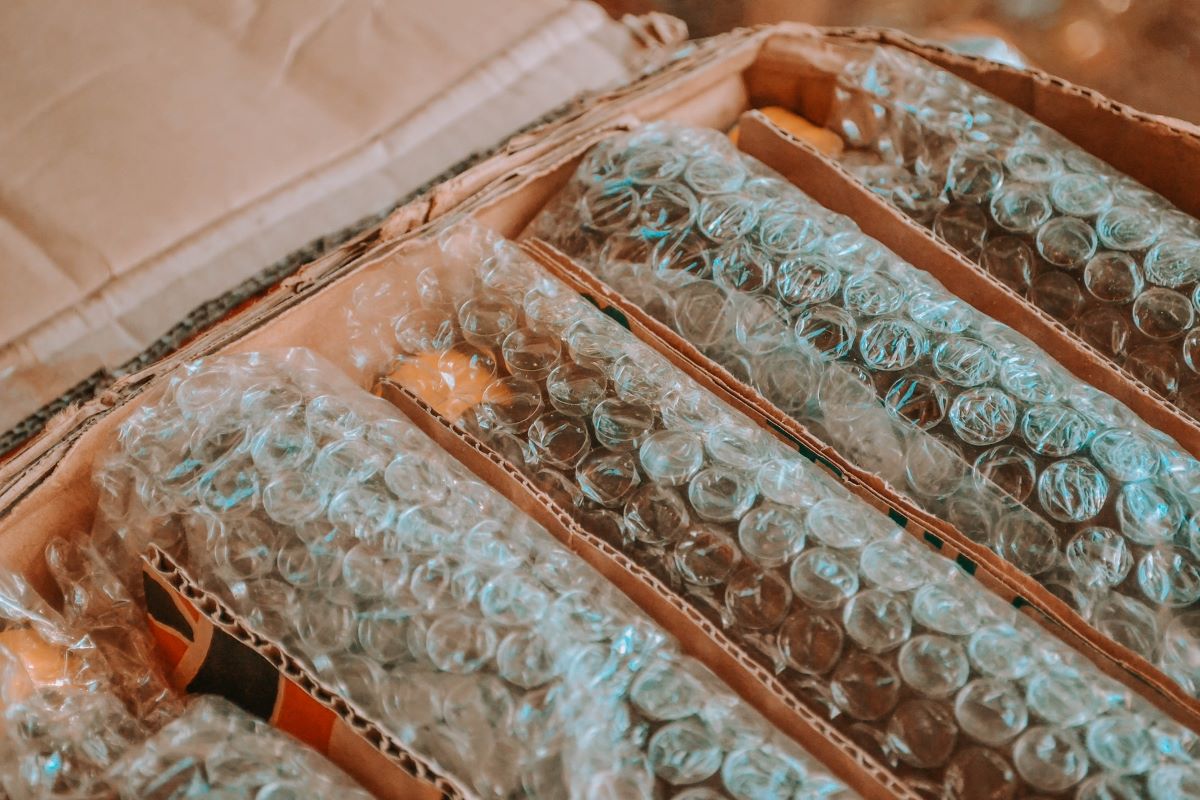
© Wander Fleur via Unsplash
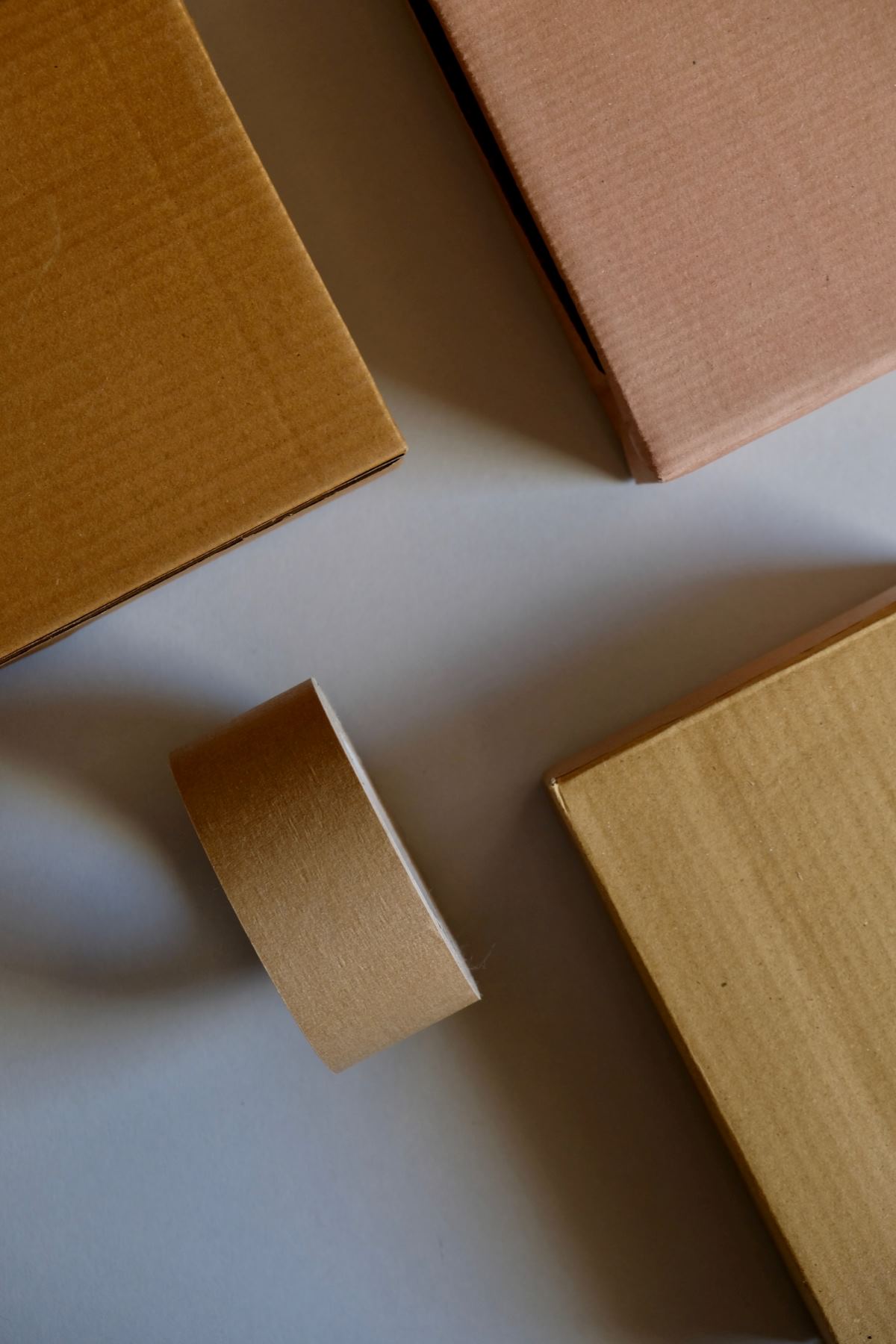
© klara vernarcova via Unsplash
POSSIBLE DRAWBACKS FOR CIRCULAR PACKAGING IN BEAUTY
It’s not a simple process for circular packaging to be developed and widely used across the whole beauty industry. Circular systems need to be put in place in order for returnable packaging to be viable, costing more for brands. Costs for developing more durable and innovative packaging will also increase and, therefore, reflect in the price that consumers pay. However, with the increase in consumers willing to pay more for sustainable packaging, it’s not a large threat to business.
More ways to make packaging sustainable are being explored by the beauty industry, offering brands more choice. Sustainable concepts such as returnable, refillable and regenerative packaging help enable circular systems to develop. Packaging that minimises the consumption of materials will also reduce waste and increase reusability. However, concerns about polluting packaging used in the beauty industry will not stop rising until action is taken. Circular models could be the key for a sustainable future. However, brands need to implement these systems as soon as possible if they are to make a positive impact.
+ Highlight Image: © pmv chamara via Unsplash
Words:
Jemima Patterson
Luxiders Magazine

